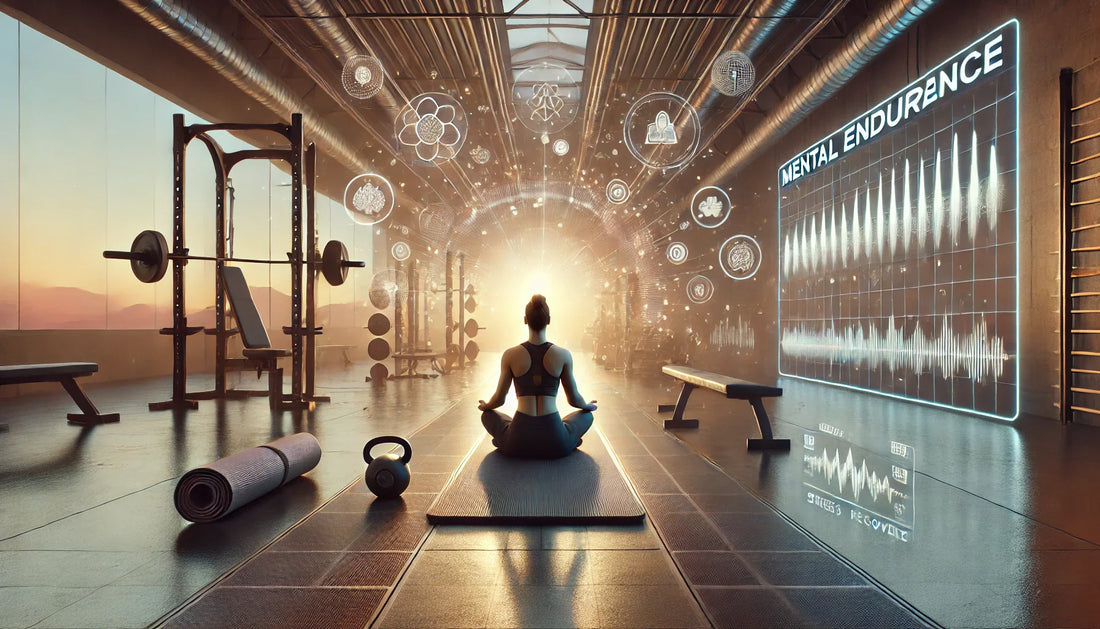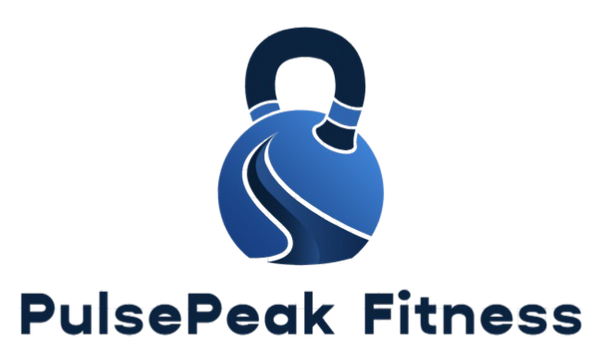
Mental Endurance — Training the Mind Behind the Muscle
Share
The body tires; the mind decides.
At PulsePeak Fitness, we hold one conviction above all: strength begins not in the muscle, but in the mind that commands it.
In every athlete’s journey, there comes a silent duel — not between body and weight, but between doubt and resolve.
Mental endurance is the art of holding your purpose steady when everything else trembles.
It is not aggression.
It is grace under fatigue.
1) The Psychology of Persistence
Mental endurance is not about intensity — it’s about duration.
Where motivation burns out, discipline endures.
Your thoughts, like muscles, adapt under resistance.
PulsePeak’s Cognitive Training Framework (CTF™) teaches athletes to train thought patterns the same way they train form: with structure, repetition, and recovery.
Q&A
Q: What’s the difference between motivation and endurance?
A: Motivation starts; endurance sustains.
Motivation is a spark; endurance is the fire that survives the storm.
2) The Architecture of Focus
Focus is not the absence of distraction — it is the ability to return.
In a digital world that fractures attention, concentration becomes an act of rebellion.
PulsePeak incorporates mindfulness, breath pacing, and focus cycles into its training philosophy.
Because to control the body, you must first govern the wandering mind.
Q&A
Q: How can I train focus practically?
A: Through “micro-discipline.”
Set short, 10-minute practice blocks with total immersion.
Focus is a muscle — it strengthens through controlled repetition.
3) The Mind-Body Feedback Loop
The brain does not merely observe the body — it instructs it.
Every heartbeat, every contraction, every pain signal loops back into your cognitive map of endurance.
When the body falters, the mind can reset its message:
“I’m not finished — I’m adapting.”
PulsePeak’s Neuro-Resilience Protocol teaches this dialogue — blending breathing, visualization, and controlled fatigue to transform pain into information.
Q&A
Q: Can mental training actually improve physical strength?
A: Undeniably.
Visualization activates the same neural pathways as physical practice. The brain rehearses victory before the body performs it.
4) Emotional Regulation — The Invisible Strength
Emotions are weights too — unseen, but heavy.
Stress, fear, and frustration distort posture as surely as imbalance does.
PulsePeak coaches emotional regulation through cognitive anchoring: simple triggers (like a song, mantra, or gesture) that restore calm mid-training.
Control the emotional wave, and performance flows naturally.
Q&A
Q: How do I stay composed under pressure?
A: Anchor yourself to breath and repetition.
The rhythm of breath is the body’s metronome — it steadies chaos into cadence.
5) Building Cognitive Stamina
Just as you increase load progressively, mental endurance grows through gradual challenge.
Start with extended focus — then layer in discomfort, unpredictability, and delay.
PulsePeak’s mental conditioning drills include:
-
Timed breathing under fatigue
-
Cold exposure with mindfulness
-
Deliberate delay between reps to test patience
Q&A
Q: Isn’t mental fatigue just a sign of weakness?
A: Quite the opposite.
Mental fatigue is feedback. It shows where resilience must grow. Awareness precedes adaptation.
6) The Role of Routine
Discipline is memory.
Every repeated ritual — your warm-up stretch, your water intake, your playlist — becomes a psychological cue that activates readiness.
PulsePeak calls this Cognitive Conditioning: training your mind to associate routine with resilience.
Once ritual becomes reflex, consistency feels inevitable.
Q&A
Q: What’s the best mental habit before training?
A: Silence.
Just thirty seconds of stillness before your session resets the nervous system and primes clarity.
7) The Shadow of Overdrive
Too much intensity fractures focus.
Overtraining the body exhausts the mind’s willpower reserves — discipline becomes depletion.
PulsePeak advocates mental periodization: cycles of high-focus weeks followed by deliberate mental rest.
Endurance is built not by constant strain, but by rhythmic renewal.
Q&A
Q: How do I recover mentally from burnout?
A: Withdraw stimulation. Sleep, walk, breathe, and read — not scroll. The brain, like the body, rebuilds in silence.
8) The Inner Voice — Master or Servant
There are two voices in every athlete:
The one that says “Stop,” and the one that whispers, “Stay.”
Training teaches the body what to do.
Mental endurance teaches you who you are when it hurts.
PulsePeak’s ethos is simple:
Train the second voice until it sings louder than the first.
Q&A
Q: Can willpower be trained like muscle?
A: Yes — through repetition of resolve.
Each moment you persist when comfort calls, you increase your threshold for endurance.
Conclusion
Mental endurance is not heroism — it is humility.
It is the quiet vow to return tomorrow, regardless of today’s fatigue.
At PulsePeak Fitness, we train both the mind and the muscle, because one without the other collapses under weight.
The mind lifts before the body moves.
Train it — and you will never truly tire.
